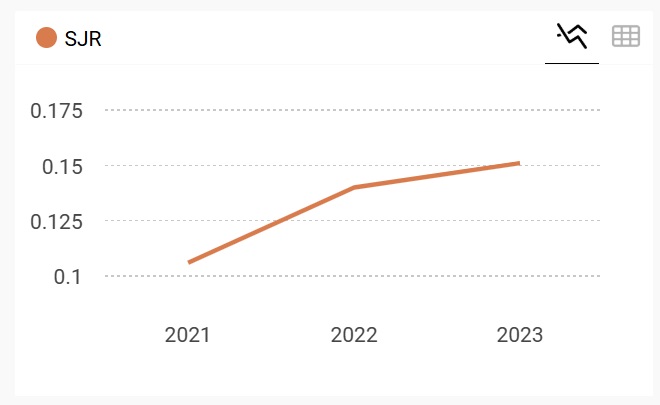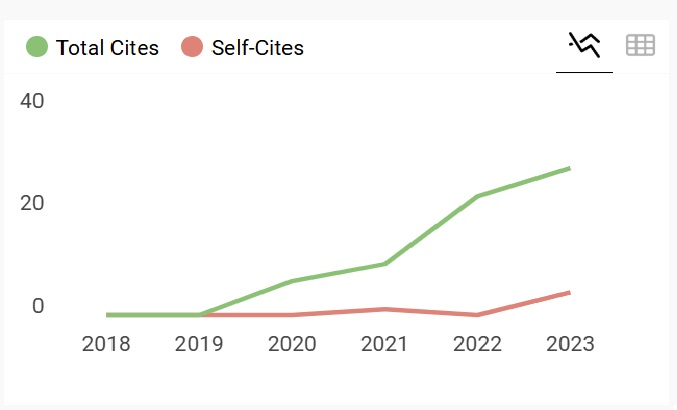Public Goods Game Experiments in Thailand: Social Capital and Other Determinants of Contributions
Abstract
This paper is one of the first papers studying public good game experiments in Thailand. Three experiment games were studied: basic public goods game, public goods game with endowment inequality and finitely repeated public goods game. In all three games, we find that an increase in personal spending decreases public goods contributions. Doing volunteer jobs increases contributions. Except volunteering, other social capital measures such as trust and friendship are not robust in predicting contributions across games. In the game with endowment inequality, subjects with high endowment contribute more than those with low endowment. Moreover, we find that men contribute significantly more than women in the finitely repeated game.
References
2.Anderson, L., Mellor, J.M. and Milyo, J. (2008). “Inequality and public goods provision: An experimental analysis,” Journal of Socio-Economics, 37, 1010-1028.
3.Anderson L. and Mellor J. (forthcoming) “Religion and Cooperation in a Public Goods Experiment” Economics Letters .
4.Andreoni, J. (1988). “Why free ride? Strategies and learning in public goods experiments,” Journal of Public Economics 37:291-304.
5.Banks, J., Plott, C. and Porter D. (1988). “An experimental analysis of unanimity in public goods provision mechanisms,” Review of Economic Studies 55,301-22.
6.Barro R. and McCleary R. (2003) “Religion and Economic Growth across Countries,” American Sociological Review, 68, 760-781.
7.Brown-Kruse, J., and Hummels, D. (1993). “Gender effects in laboratory public goods contribution: Do individuals put their money where their mouth is?” Journal of Economic Behavior and Organization. 22:255-67.
8.Cardenas, J. (2003) “Real wealth and experimental cooperation: experiments in the field lab” Journal of Development Economics, 70, 263-289
9.Cox, J. C. (2002). “Trust, Reciprocity, and Other-Regarding Preferences: Groups vs. Individuals and Males vs. Females,” in Advances in Experimental Business Research, edited by R. Zwick and A. Rapoport. Boston: Kluwer Academic Publishers,
10.Dawes R. McTavish J. and Shaklee H. (1977). “Behavior, communication, and assumptions about other people's behavior in a commons dilemma situation,” Journal of Personality and Social Psychology 35(1): 1-11.
11.Eckel C. and Grossman, P. (1998). “Are Women Less Selfish Than Men? Evidence from Dictator Experiments,” Economic Journal, 726-35
12.Feingold, A. (1983). “Happiness, unselfishness, and popularity.” Journal of Psychology, 115, 3–5.
13.Fehr, E. and Schmidt, K.M. (1999). “A Theory of Fairness, Competition, and Cooperation,” Quarterly Journal of Economics 114, 817–868.
14.Fudenberg D. and E. Maskin (1986) “Folk Theorem for Repeated Games with Discounting or with Incomplete Information," Econometrica, 54 533-554.
15.Glaeser, E., Laibson, D., Scheinkman, J., and Soutter, C. (2000). “Measuring Trust.” Quarterly Journal of Economics, 2000, 115, 811-846.
16.Gneezy, U., and A. Rustichini (2004) “Gender and Competition at a Young Age.” American Economic Review, 94 (2), 2004, 377-81.
17.Isaac, R. M., McCue K. and Plott C. (1985). “Public goods provision in an experimental environment,” Journal of Public Economics 26, 51-74.
18.Isaac, R. M., and Walker, J. (1988). “Communication and free riding behavior: The voluntary contribution mechanism,” Economic Inquiry 26, 585-608.
19.Isaac R. M., Walker J. and Thomas, S. (1984). “Divergent evidence on free riding: An experimental examination of possible explanations.” Public Choice 43, 113-49.
20.Kim, a., and Walker, M. (1984). “The free rider problem: Experimental evidence.” Public Choice 43:3-24.
21.Knack S. and Keefer P. (1997) “Does Social Capital Have An Economic Payoff? A Cross-Country Investigation,” Quarterly Journal of Economics, 112, 1251-1288.
22.Krueger R.F., Hicks B.M. and McGue M. (2001). “Altruism and antisocial behavior: Independent tendencies, unique personality correlates, distinct etiologies,” Psychological Science, 12, 397 Lyubomirsky, S. and Lepper, H. (1999). “A measure of subjective happiness: Preliminary reliability and construct validation.” Social Indicators Research, 46, 137-155
23.Lyubomirsky S. King, L. and Diener, E. (2005). “The Benefits of Frequent Positive Affect: Does Happiness Lead to Success?” Psychological Bulletin, 131, 803-855.
24.Ortmann, A. and Tichy, L. (1999) “Gender differences in the laboratory: evidence from prisone’s dilemma games”. Journal of Economic Behavior and Organization, 39, 327-339.
25.Orbell, J., van de Kragt A. and Dawes R. (1988). “Explaining discussion-induced cooperation.” Journal of Personality and Social Psychology, 54, 811-19.
26.Palfrey, T., and Prisbrey, J. (1993). “Anomalous behavior in linear public goods experiments: How much and why? ” Social Science Working Paper 833, California Institute of Technology.
27.Rigby, K., and Slee, P. T. (1993). “Dimensions of interpersonal relation among Australian children and implications for psychological wellbeing,” Journal of Social Psychology, 133, 33–42.









